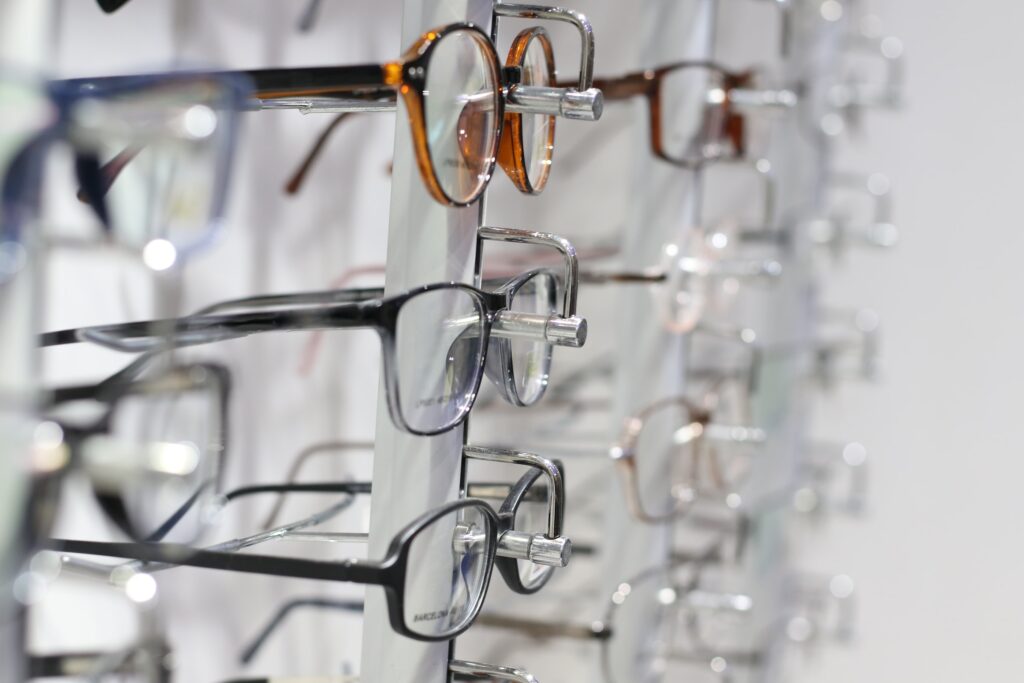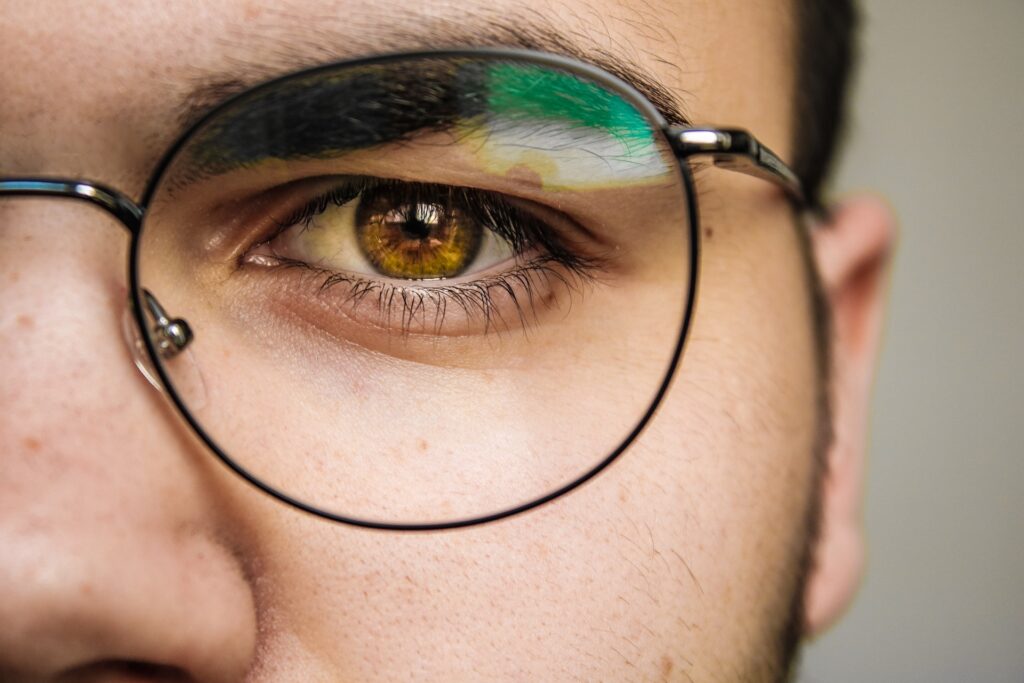It’s no secret that the world is changing fast, and with it comes new environmental challenges. One of the most pressing of these is the issue of sustainable waste management – how to deal with all the rubbish piling up on our planet?
One possible solution is to biodegrade waste products, breaking them down into their component parts so that they can be recycled or composted. But what about glasses? Can they be degraded in a way that doesn’t create any negative environmental impact?
In this article, we’re going to explore the potential benefits and drawbacks of biodegrading glasses and see if it’s really a viable option for managing our waste.
Types of Lenses

There are many types of glasses, and each has its own benefits and drawbacks. Here are some of the most common types of glasses:
– Plastic lenses. Plastic lenses are the most common type of lens, and they’re made from a type of plastic that can be recycled. However, they’re not biodegradable, so they end up in landfills.
– Prescription lenses. Prescription lenses are made from a type of plastic that can be recycled, but they often come with a protective coating that makes them difficult to recycle. In some cases, this coating can be removed and the lenses can be recycled, but this is rare.
– Polycarbonate lenses. Polycarbonate lenses are made from a type of plastic that can be recycled, but they often have a protective layer on them that makes them difficult to recycle. In some cases, this layer can be removed and the lens can be recycled, but this is rare.
– Glass lenses. Glass lenses are the most biodegradable type of lens and they can often be recycled. However, many glasses are not recyclable because the glass is broken or the lenses are damaged.
How Are Glasses Made?
Most people wear glasses because they need them to see clearly. According to The National Eye Institute, about 30% of the population over the age of 20 wears glasses or contact lenses. Glasses are made by heating and then shaping pieces of glass. Glasses can be made from many different types of materials, but most are made from a type of plastic called polycarbonate. When polycarbonate is heated, it breaks down into smaller and smaller pieces. This means that when you throw away your glasses, you’re also throwing away the plastic that makes them up.
What are the Risks of Glasses?

There are a few potential risks associated with glasses, the most significant of which is the fact that they can be difficult to biodegrade. Additionally, there is the risk that lenses from glasses may end up in our environment and contaminate water supplies. Finally, there is the potential for eye injuries if glasses are not properly handled or disposed of.
How Can Glasses Be Biodegradable?
If you’re looking for a product that can help the planet, then you may want to consider investing in environmentally friendly glasses. Recycled sunglasses in the UK are a great option. They can be made from up to 95% post-consumer plastic materials, which means that they can help reduce the amount of waste created by consumer products. Additionally, many glasses are made from a biodegradable material such as bamboo, which breaks down over time into soil and organic matter.
While there aren’t any completely biodegradable glasses on the market yet, there are a few brands that are working on developing sustainable products. Here’s how biodegradable glasses can help the environment:
When you wear biodegradable glasses, you’re not littering. In fact, by choosing biodegradable lenses, you’re helping to reduce the amount of plastics that end up in our oceans. Not to mention, biodegradable glasses take less energy to produce and recycle than non-biodegradable versions. Additionally, by using recycled materials in your glasses manufacturing process, you’re helping to reduce wastefulness and help create jobs in the local economy.
While there are still some kinks to be worked out with biodegradable glasses, we’re hopeful that this new category of eco-friendly products will become more popular in the years ahead. After all, if we can start reducing the amount of waste we produce each day, hopefully we can lead by example and inspire others to do the same.
What are Glasses Made of?

When you put on your glasses, the lenses are made of a material called plastic. Plastic has many different names, but the most common name for it is polyvinyl chloride or PVC. PVC is a type of plastic that’s often used to make curtains, toys. It’s also used to make glasses lenses.
Most eyeglasses lenses are made of two pieces: the front lens and the back lens. The front lens is made of the more durable material, while the back lens is made of PVC.
The front lens is usually made from a material called acrylic or PMMA. PMMA is a type of plastic that’s very strong and resistant to scratches and tears.
How Do Glasses Impact the Environment?
The production of disposable glasses has a negative environmental impact. The manufacturing process requires the use of non-renewable resources, like oil, and produces harmful greenhouse gasses. In addition, when glasses are disposed of in landfills, they can take up to 1,000 years to biodegrade. This means that they will remain in the environment long after their useful life is over. Glasses are a potential source of pollution, and should be recycled whenever possible to reduce their impact on the environment.
What Alternatives Are Available to Glasses?

When it comes to eyeglasses, there are many alternatives that can be used in place of the traditional glass lenses.
One option is contact lenses. Contact lenses are inserted into the eye and are held in place by a band around the eye. These lenses can be custom-made to fit the individual’s eyes perfectly, which makes them a popular choice for people who have difficulty wearing glasses or who are seeking a more discreet look. Additionally, plastic lenses may be more environmentally-friendly because they can be recycled.
However, not all alternatives are created equal. Some options may have a shorter lifespan than others and some may not provide the same level of vision quality as traditional eyeglasses. It is important to choose an option that is right for you and your lifestyle.
Conclusion
When it comes to our environment, we have to do everything we can to reduce the amount of waste that we produce. Luckily, there are a number of products on the market that are made from biodegradable materials. In this article, we will discuss what makes glasses biodegradable and which types of glasses are best suited for the biodegradable lifestyle. Hopefully, this information will help you make an informed decision about whether or not to go green when buying your next pair of glasses.

